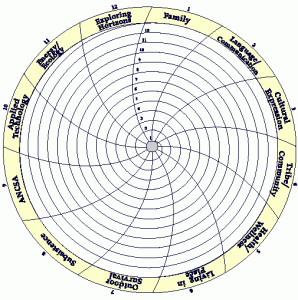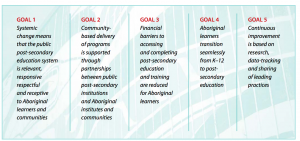As I am moving along in my research I am looking more for practical ideas on how to implement indigenous dance into my physical education classes. There are very few local persons who are willing to come provide dance lessons for my class, however with our first nations culture being so rich at our school I have spoken to a couple of the first nations support workers. They suggested using YouTube videos and even researching some of the history of the dances as a talking point during the lessons. As a teacher, especially in a school with such a rich first nations population, it is important for myself (and any educator really) to fully educate myself on the many styles and stories that accompany first nations dance. This entry is a little all over the place and probably appears to lack some focus, but I think each site can be focused to the one area of streamlining aboriginal dance in schools. I have expanded my research to the following.
This particular group of people provide workshops and education in Vancouver and surrounding areas on different forms of aboriginal dance forms. Mainly they appear to focus on contemporary dance and storytelling through said dance. Along with the excellent images on the website, this group would be an excellent starting point to have students experience first nations dances, along with the storytelling aspect.
This article not only delves into the history of aboriginal dance on the NorthWest coast of Canada, but it also discusses how the dance is done. Images and video from the festival itself would be a great visual for students, as it is very traditional in nature, as opposed to the contemporary dances in link above. There is excellent information on the history of the festival and would be a great resource for any teacher wanting to do a first nations dance unit. Not necessarily to use in class, but to educate ourselves before teaching something so rich in cultural history.
Since the goal of this research is to put together a website for elementary teachers looking to incorporate aboriginal dance into their gym classes, it is important to provide examples. Not only for the teachers to view and study, but also for the students to get an idea of the traditions and story behind what they are learning. I have found that visual aids are much more effective, especially in the gym. Students need to see an example of the skill they are about to complete, not simply hear about it. The above video is not only beautiful, but short and sweet, perfect for the younger students with little attention span!
Since most elementary teachers also have older students who tend to turn their noses up at something they feel “isn’t cool”, I thought this example would be a fantastic hook. This group mixes modern with traditional first nations dance music and comes up with a cool sound. Showing this to students at the beginning of the dance unit would maybe make them rethink their ideas about traditional first nations dance. I also thought this would be a great starting off point for creative dance unit, but using first nations moves and storytelling they have already learned. In the website I will be creating, this will be a part of one of the intermediate lessons on first nations dance.
This actually came directly from my school district’s website, but I have linked it in a google doc. It is actually very informative and a great refresher to use before delving into a first nations dance unit. I will be including this in the website as a kind of, “Before you begin…” preparation type of section. This research has me thinking about the vast possibilities of the website I would like to create. I have begun to pare down and find some excellent resources I hope will help teachers feel more comfortable teaching first nations dance to students.

